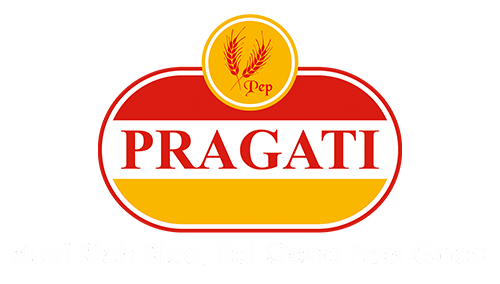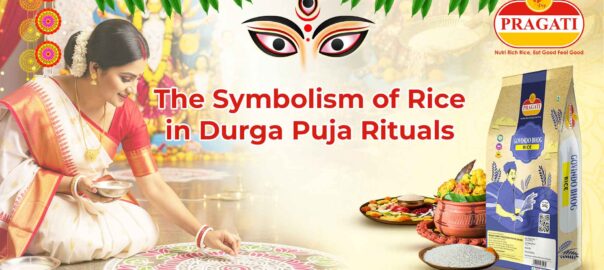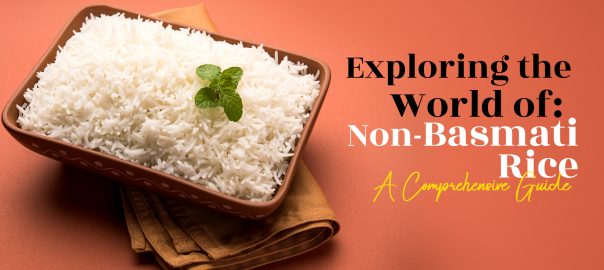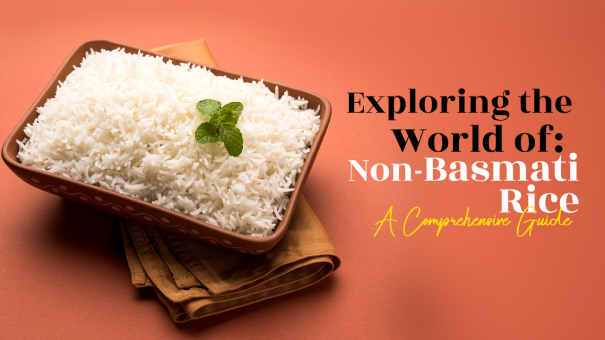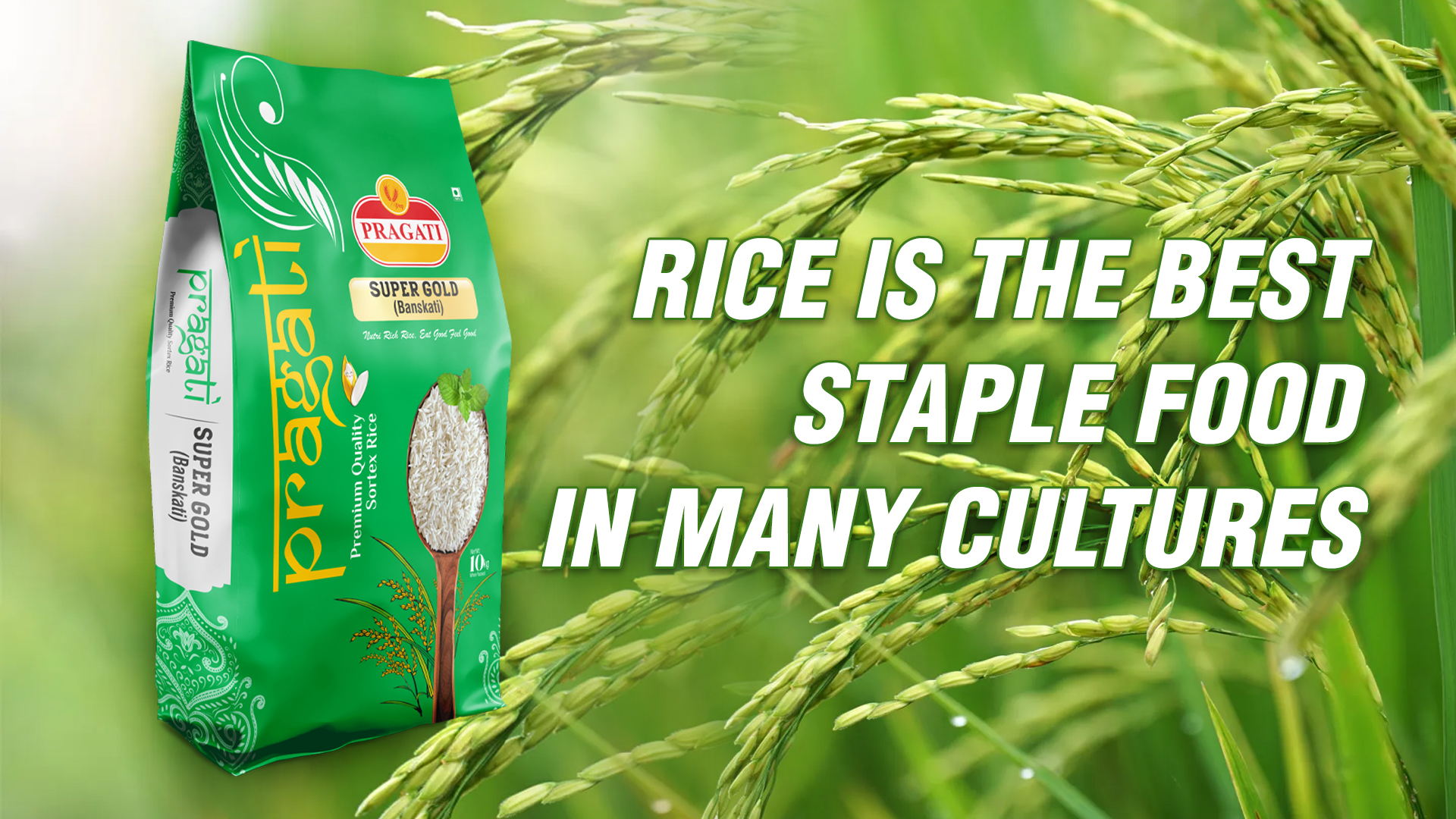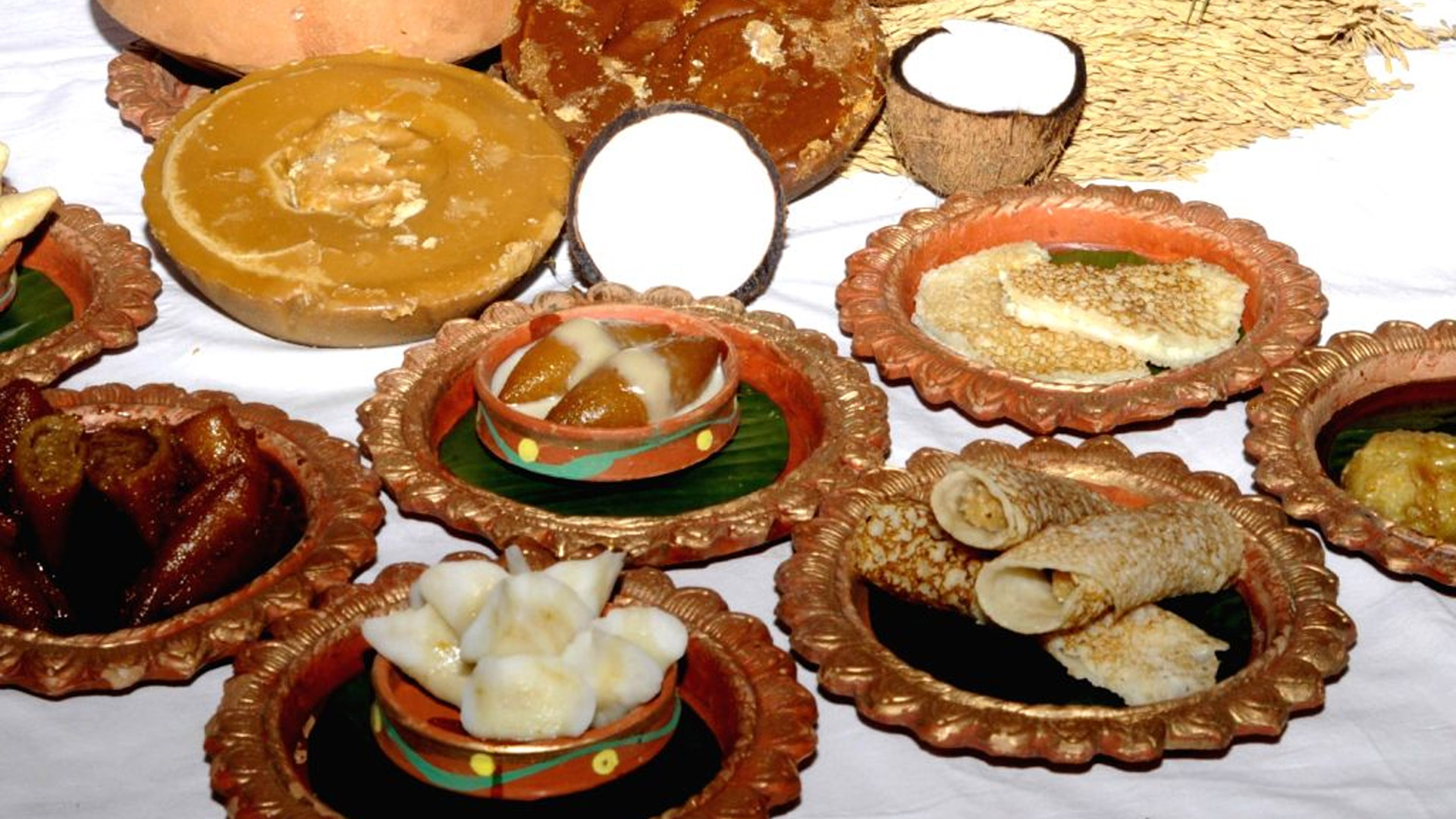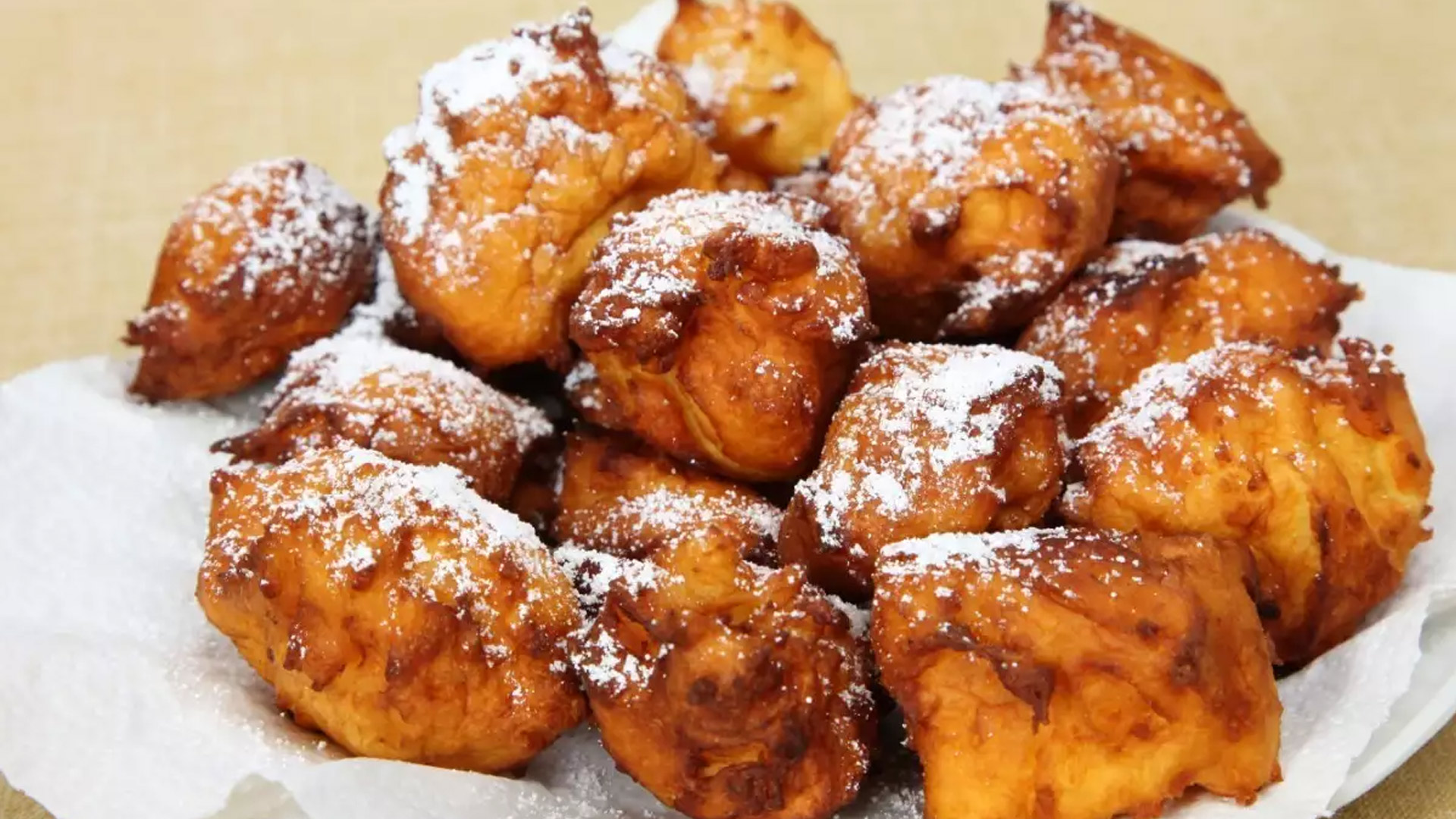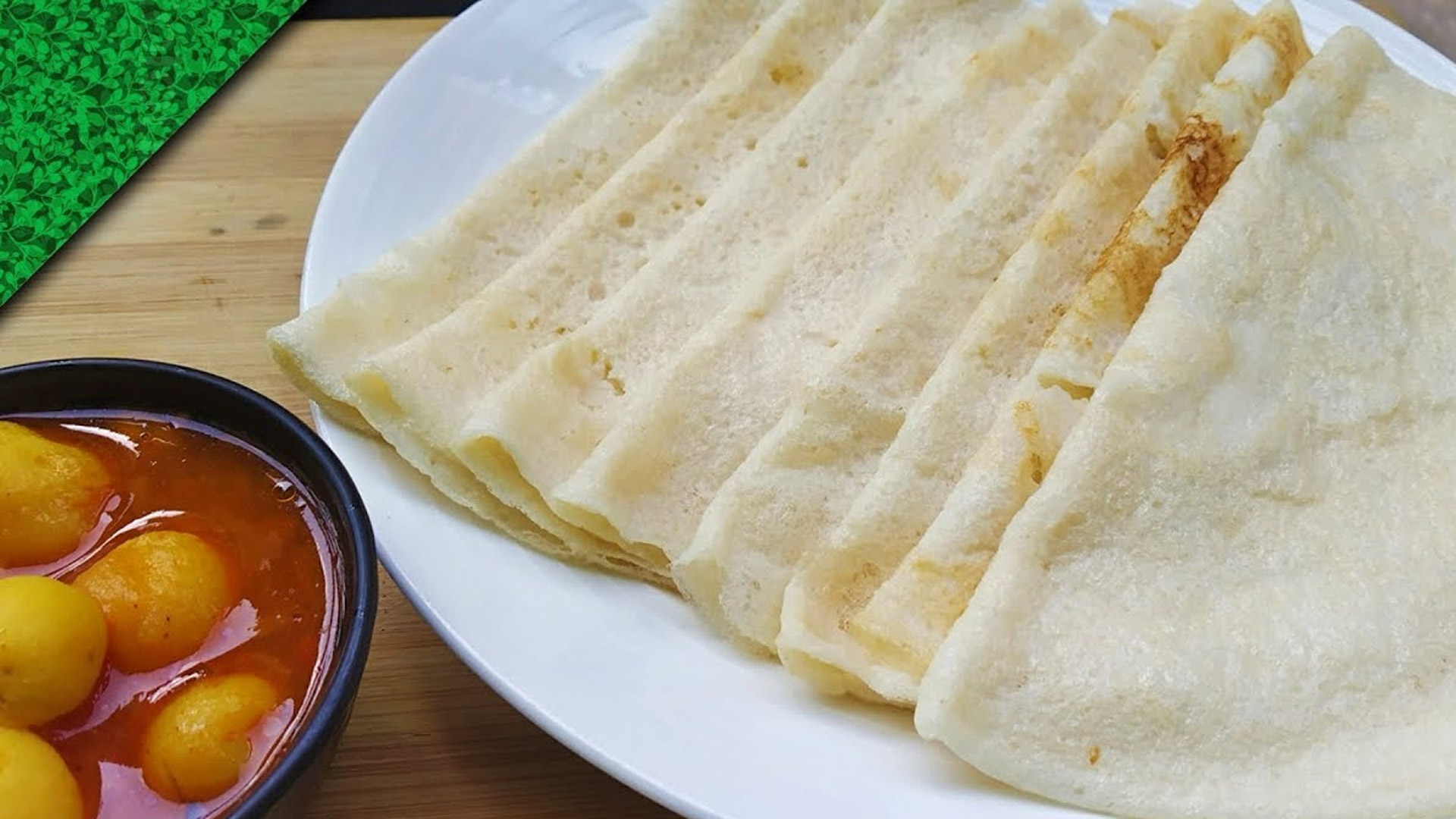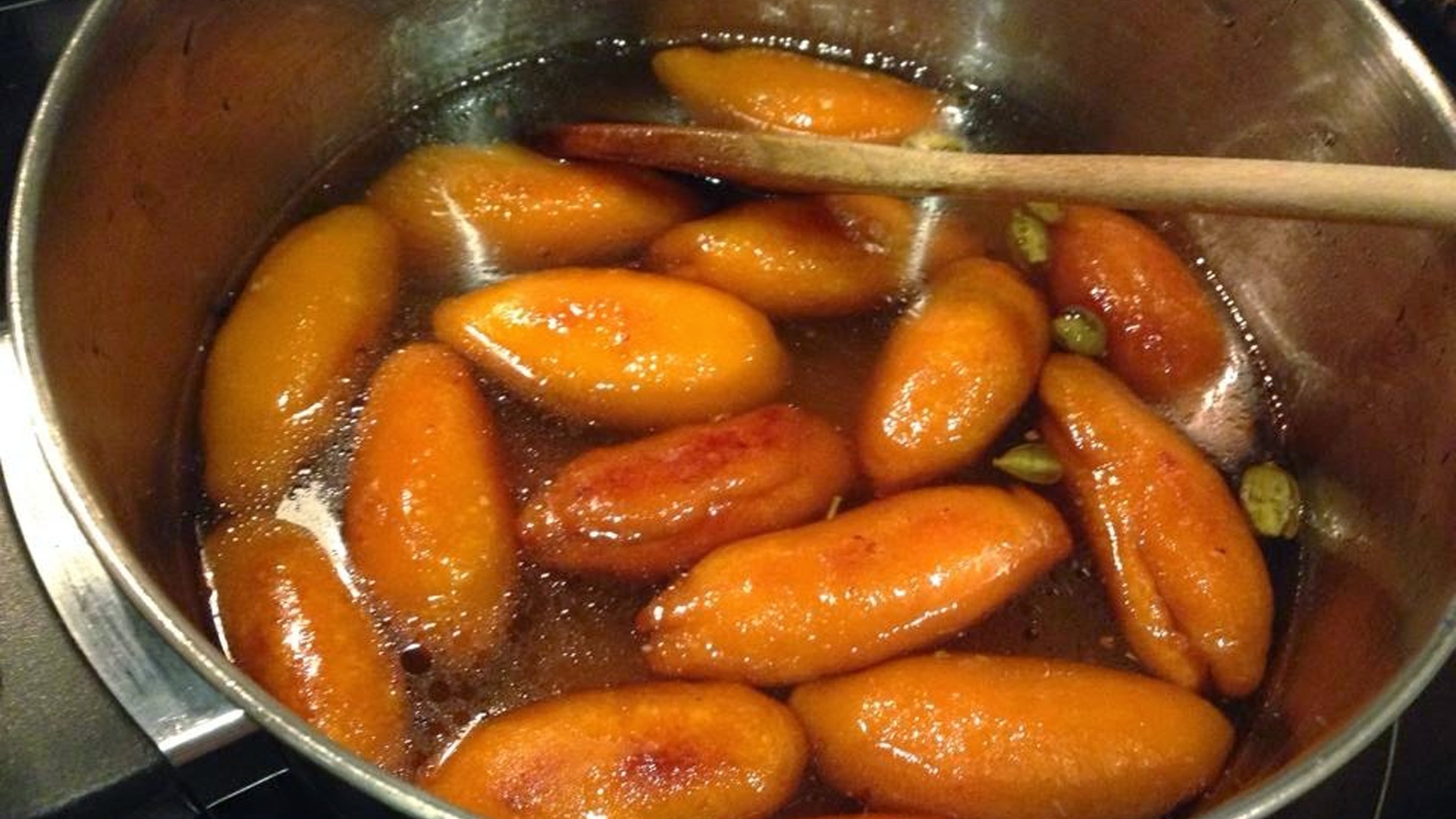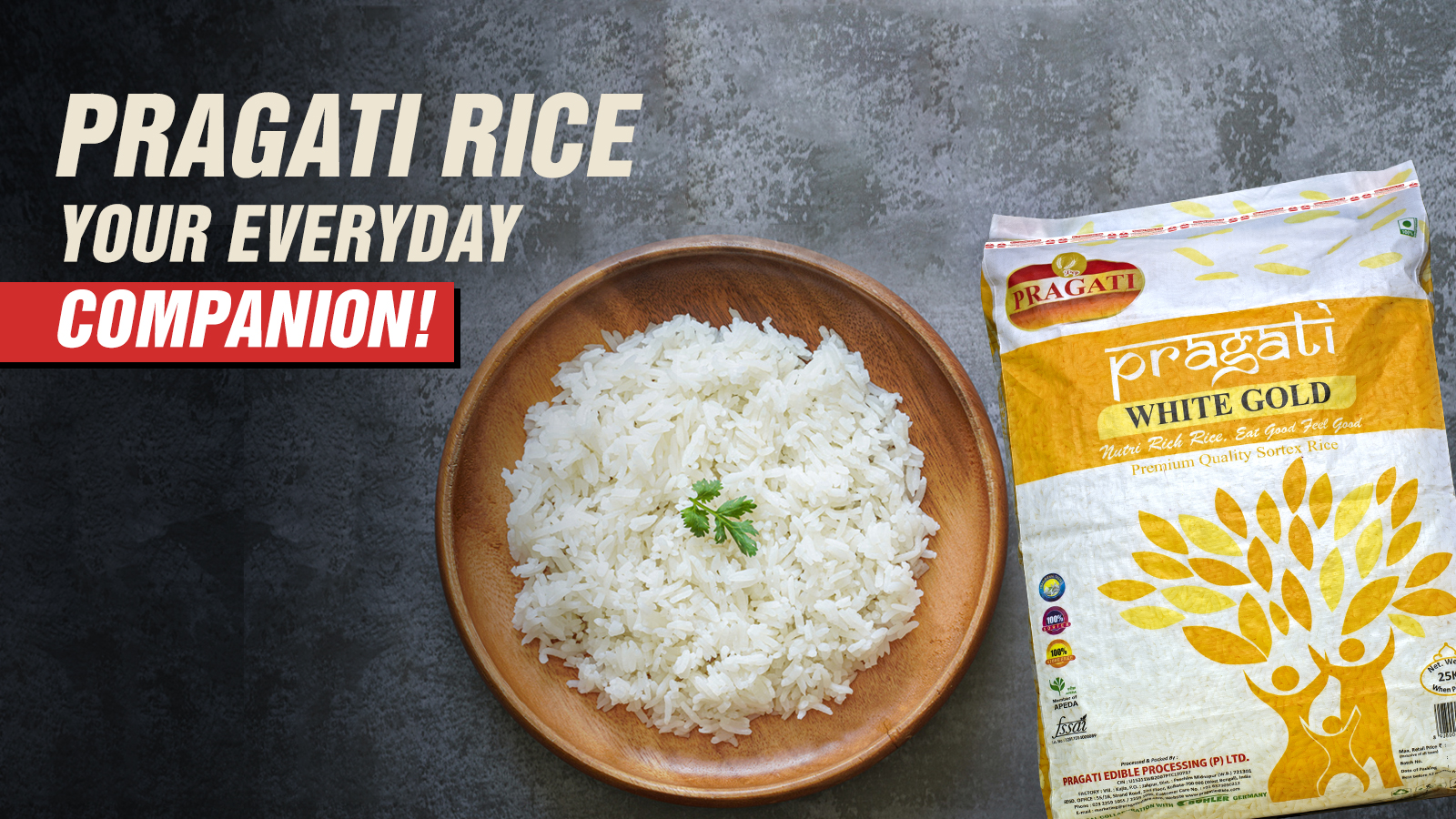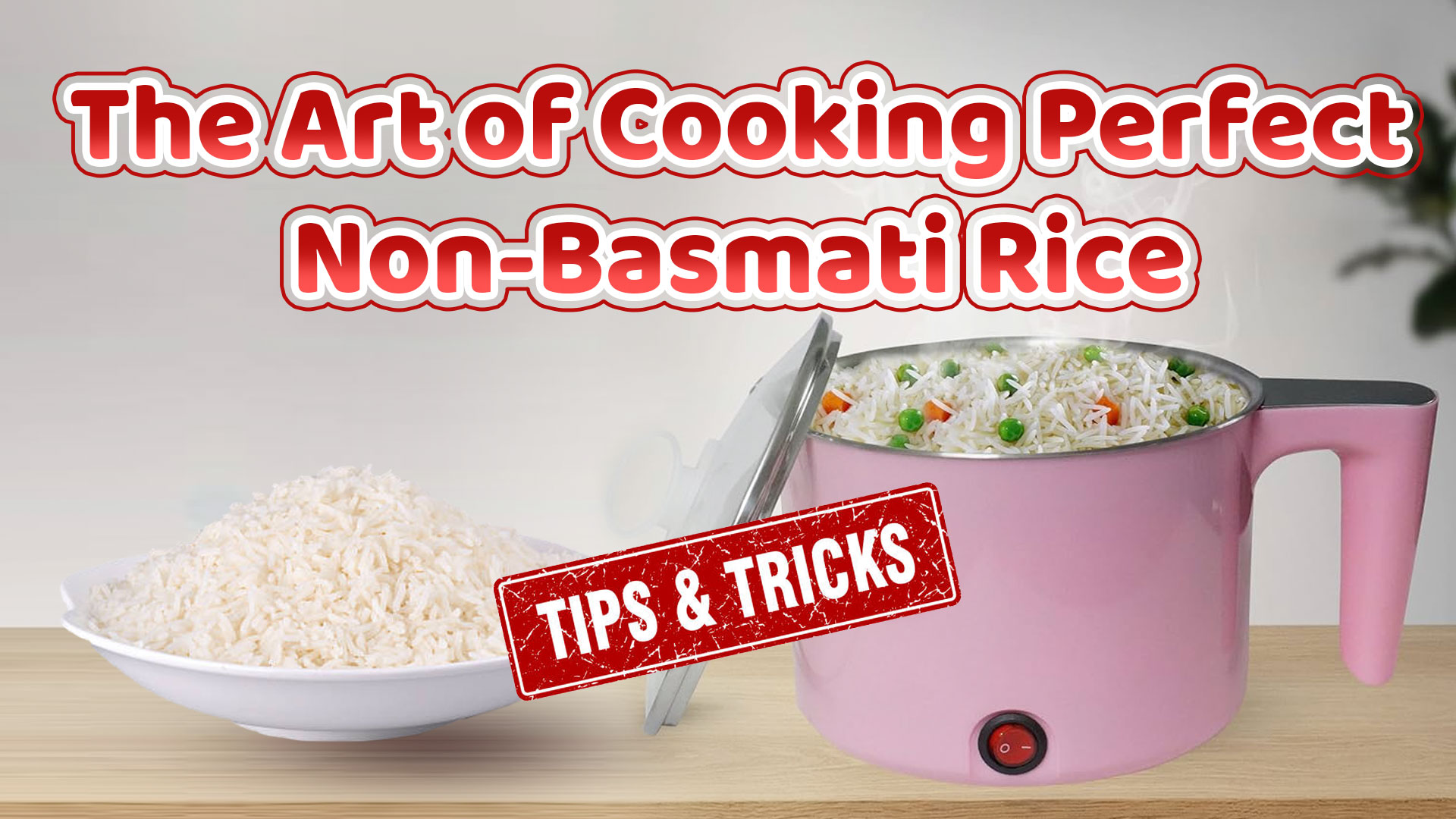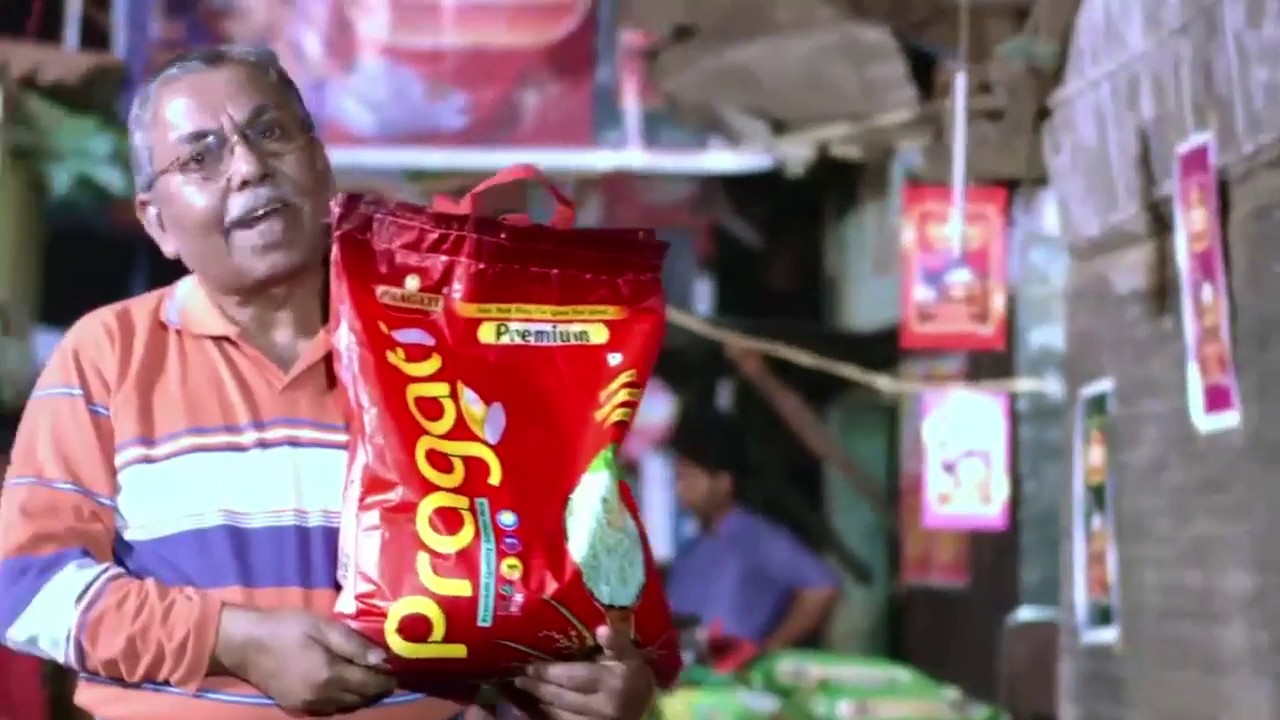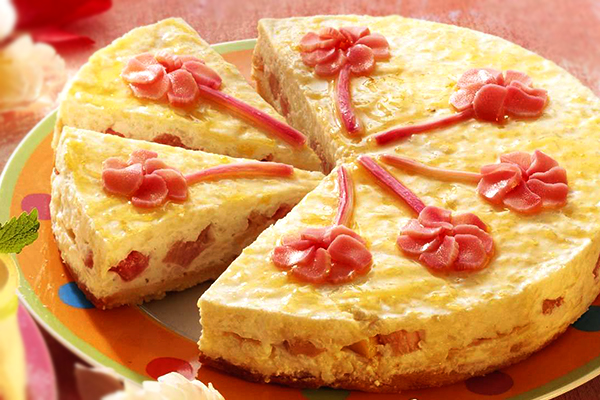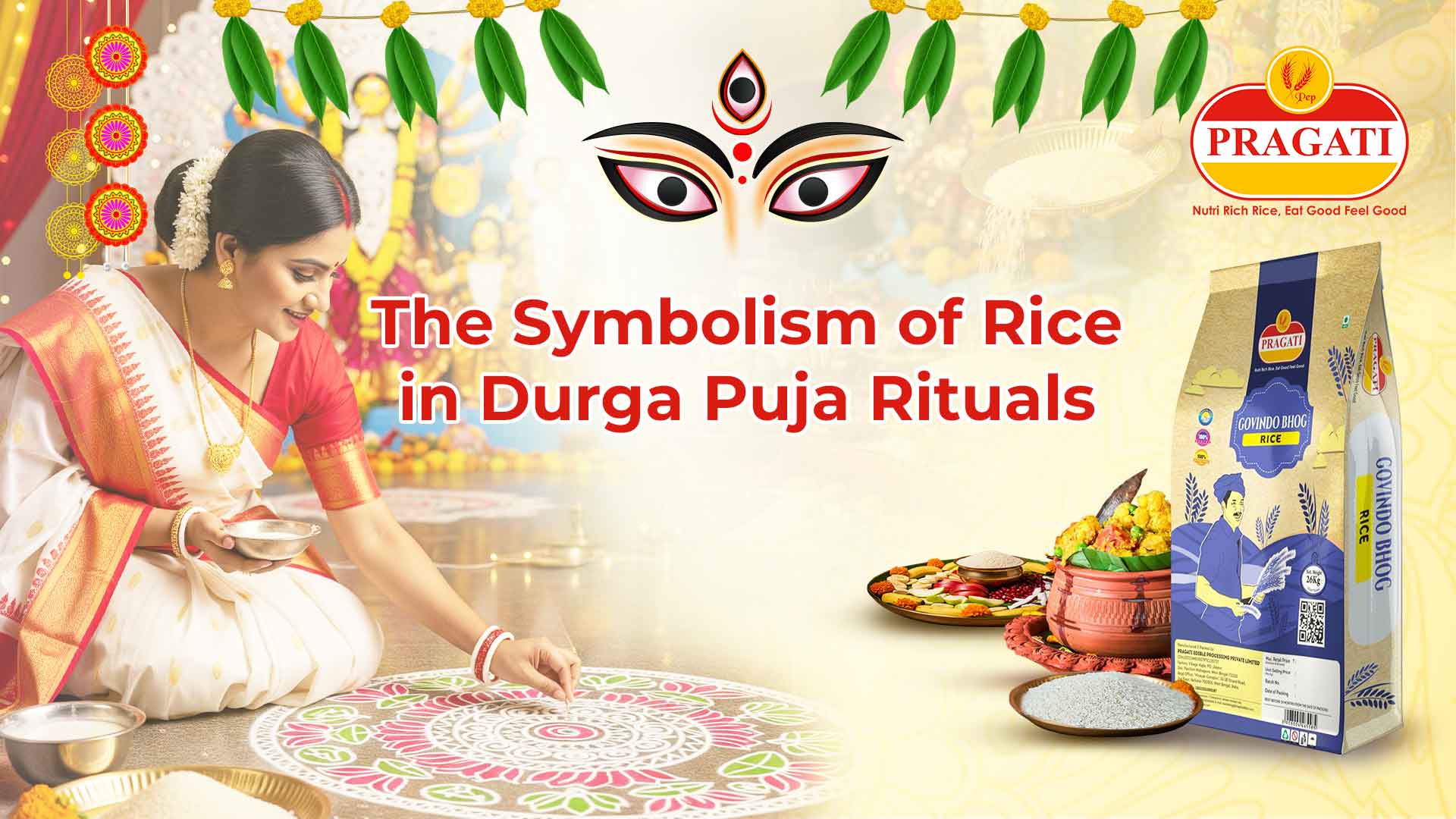
Durga Puja is more than a festival – it is an emotion that unites devotion, culture, and food. Among all the ingredients that make this celebration divine, rice holds a sacred place.
In India, rice is not only a staple food but also a symbol of purity, prosperity, and blessings.
At Pragati Rice, we understand that every grain carries meaning during festivals. Let’s explore why rice remains so significant in Durga Puja rituals.
Rice as an Offering of Purity
During Durga Puja, rice is used in various sacred forms:
- Uncooked rice (Akshat) is offered in rituals, symbolising purity, abundance, and prosperity.
- Rice mixed with turmeric is applied as a tilak during prayers, representing devotion and blessings.
- With its clean, pure grains, Pragati Rice is trusted by families across Bengal and beyond to uphold ritual authenticity.
Khichuri – The Heart of Bhog
No Durga Puja bhog is complete without the comforting khichuri.
- Prepared with Gobindobhog or Swarna rice, khichuri is offered as bhog to Goddess Durga and then distributed among devotees.
- Paired with labra (mixed vegetable curry) and begun bhaja (fried brinjal), khichuri represents unity, sharing, and togetherness.
Using Pragati Gobindobhog Rice ensures the bhog carries the same aroma and flavour that Bengalis cherish every Puja.
Rice in Festive Sweets
Rice also transforms into festive sweets that hold deep cultural importance:
- In West Bengal, Payesh (kheer) is offered as a dessert for sweet beginnings and divine blessings.
- In Odisha, Kheeri is an essential ritual sweet, often prepared with jaggery and milk.
- In Bihar and Jharkhand, Kheer holds a sacred place during Navratri offerings and festive feasts.
With the right grain size and quality, Pragati Rice makes these desserts creamier, richer, and more flavorful.
Rice as a Symbol of Prosperity
In rituals, rice is also showered on idols and elders as blessings. It symbolises:
- Health and wealth for the family.
- Success and fertility in households.
- Spiritual fulfilment, connecting devotees with the divine.
Thus, rice becomes more than just food – it is a sacred bond between culture, devotion, and prosperity.
From uncooked grains in rituals to khichuri in bhog and payesh as dessert, rice is deeply woven into the traditions of Durga Puja. It represents purity, devotion, and prosperity across Bengal, Odisha, Bihar, and Jharkhand.
Let Pragati Rice be part of your rituals and celebrations this festive season. With every grain pure and authentic, Pragati ensures your traditions remain true to culture and devotion.
Celebrate Durga Puja with Pragati Rice, where tradition meets purity.
Visit www.pragatiedible.com to explore our range of premium rice.
